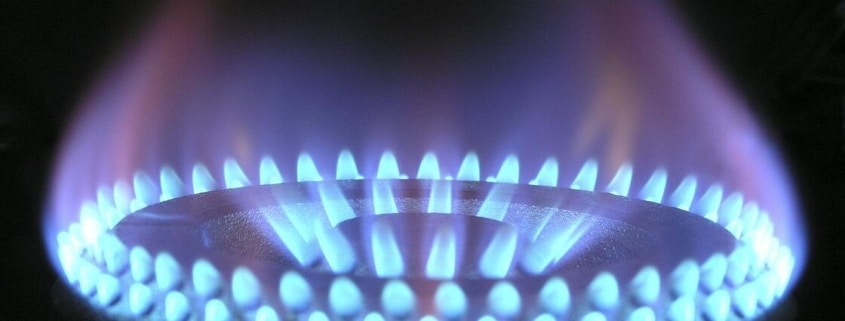
From plastic to fuel – plastic fuel through pyrolysis
Background: The plastic problem
Plastic fuel from plastic waste, is that possible? Plastic is a revolutionary material that brought mankind great advancements, but also great destruction. With the discovery of plastic, expensive natural products could be imitated and made accessible to lower social classes. In the beginning, plastic was even praised as a product for nature conservation, since the substitution of increasingly scarce natural resources (plants and animals) should give nature a chance to recover and stop its depletion 1. Plastics conquered the medical market, which lowered supply costs and made treatments much cheaper. The food sector was looking forward to longer-lasting products, thanks to plastic packaging and the electrification of the world was fueled by plastic insulators.
Polymers are long molecular chains in specific arrangements, which are mainly produced from fossil carbon resources1. These long chains and arrangements give polymers an incredible longevity. What sounds advantageous at first, becomes doomed when entering nature environments. The first sightings of plastic accumulations in the ocean date back to the 1960s, since then the hype reversed. It is estimated that 4.8 to 12.7 billion tons of plastic waste ends up in the oceans every year2. As a result, it endangers marine animals, which often suffocate, suffer internal and external injuries or die of other consequential damage from plastics. Through bioaccumulation, the plastic finally ends up on our plates, where the concern over harmful substances is increasing. Moreover, it has been shown that plastic releases carcinogens and other toxic chemicals into the soil and thus into the groundwater, which holds further risks for human and ecological health3.
In 1950, the annual global production of plastic was 1.5 million tons. In 2015, it was already 322 million tons. In Germany alone, around 6.15 million tons of plastic were produced in 2017, 53% of which was burned to generate energy (BMU). This rate is significantly lower worldwide, landfills or the ocean (via river) are mostly end destinations and recycling is mostly unlikely.
One possible solution: turn plastics into a versatile raw material for energy, even though it’s a fossil fuel. This creates a cleaner alternative to landfill deposition or incineration.
Innovation: Plastic fuel through pyrolysis
Plastic pyrolysis (pyro = fire; lysis = separating) describes the process in which the molecular structure of the carbon and hydrogen chains are broken up by applying heat. The obtained distillate can be used as fuel. We wanted to test the theory and built a pyrolysis oven.
The prerequisite for the pyrolysis process is an airtight reactor, in which preferably shredded plastic is heated. Without the supply of oxygen, the combustion of the plastic is prevented and instead results in gasification. The goal is not thermal utilization for energy generation, but the dissolving of the macromolecular structure of the plastic, the distillation of the resulting gas and thus finally the extraction of oil / gasoline / diesel contained in the plastic. The process is neither highly complex, nor does it require expensive purchases to be carried out in a simplistic way. In our own tests, the process was successfully implemented on a small scale and offers great potential for optimization in a few simple steps.
Potential: Ecological plastic fuel
The ecological potential is by no means hypocritical. The fuel obtained is burned again, which results in CO2 emissions, but burning these fuels means less combustion of additionally produced conventional fuels. With several million tons of plastic waste annually in Germany alone and conversion rates of one liter of pyrolysis oil per kg of plastic, that is a considerable proportion. The disadvantage of the method is, that it is relatively energy-intensive. The process requires, especially on a large scale, not inconsiderable amounts of energy to prepare the material. Feeding the process with “dirty” energy would reduce the “ecological” aspect of pyrolysis. The next step is therefore to link the test facility with a renewable energy source.about:blankEinbetten URLFüge einen Link zu dem Inhalt ein, den du auf deiner Website anzeigen möchtest.
This could also interest you: Car batteries as home storage.
Resources:
1 https://www.sciencehistory.org/the-history-and-future-of-plastics
2 https://www.wwf.de/themen-projekte/meere-kuesten/plastik/unsere-ozeane-versinken-in-plastikmuell/plastikmuell-im-meer-die-wichtigsten-antworten#:~:text=Eine%20derzeitige%20Sch%C3%A4tzung%20des%20globalen,entspricht%20einer%20Lastwagenladung%20pro%20Minute. 3 https://www.boell.de/sites/default/files/2020-03/Plastik_und_Gesundheit.pdf



